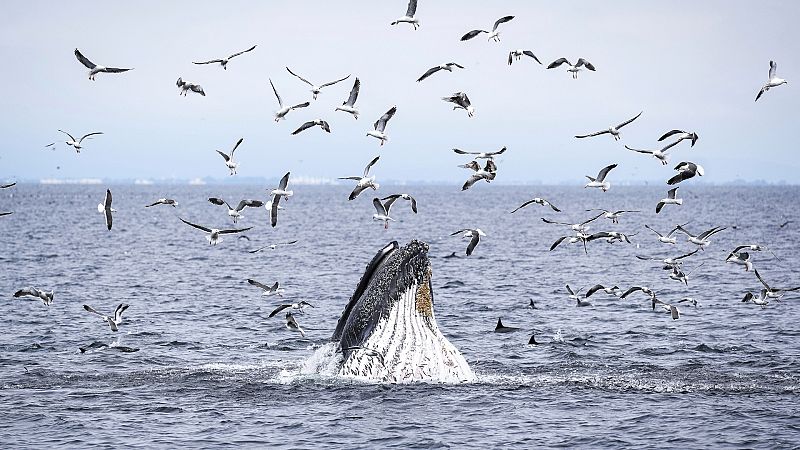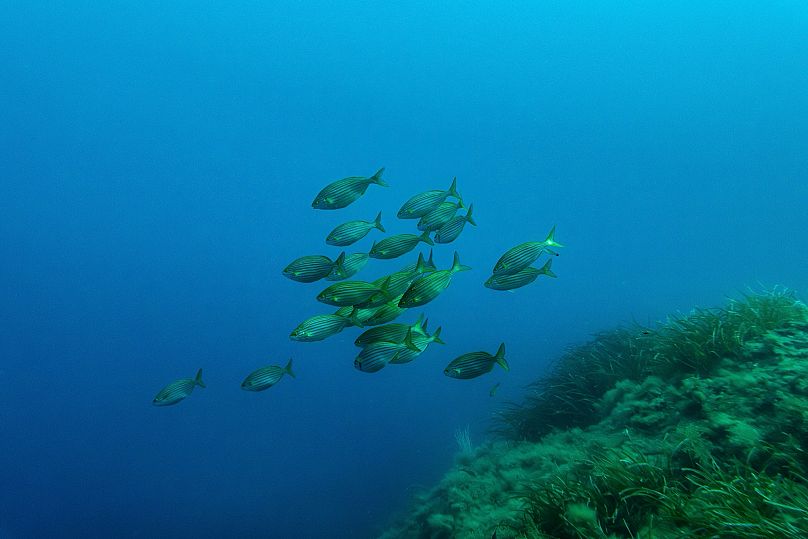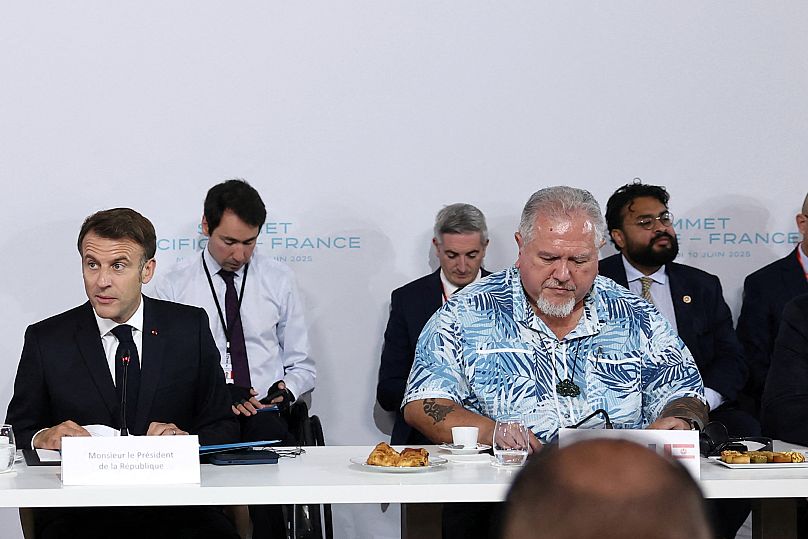
In 2022, the world made the groundbreaking commitment to protect at least 30 per cent of all land and sea by 2030.
But, as the vital role of oceans in fighting climate change becomes clearer, a pressing question remains - how much of our marine environment still needs safeguarding to reach that goal?
According to new research from Dynamic Planet and National Geographic Pristine Seas, far more than governments are currently prepared to commit.
For the first time, experts have quantified the vast gap between the roughly 8 per cent of global oceans currently under some kind of protection and the 30 per cent target.
To close this gap, they say 85 new coastal marine protected areas (MPAs) would need to be established every day until 2030.
The study estimates the world needs around 190,000 small MPAs in coastal areas, plus 300 large MPAs in remote offshore waters to meet the 30x30 target.
“Our analysis, which covers over 13,000 MPAs worldwide, quickly revealed how far behind the world really is,” says Juan Mayorga, a co-author of the study and marine data scientist at National Geographic Pristine Seas.
“The exact number of additional MPAs needed depends on their size and the standards for what counts as truly protected, but the scale of the challenge is undeniable.”
What are Marine Protected Areas?
Marine Protected Areas, or MPAs, are sections of the ocean where human activity is more strictly managed to protect natural or cultural resources.
Similar to national parks on land, they aim to conserve marine ecosystems, biodiversity, and cultural heritage, while sometimes also supporting the sustainable use of marine resources within their bounds.

MPAs vary in purpose and level of protection. Some are fully protected, prohibiting fishing, drilling, or other extractive activities, allowing marine life to thrive without human interference.
Others may allow limited, sustainable use of resources such as small-scale fishing or tourism under regulation.
But the primary goal is to preserve important habitats and fragile ecosystems like coral reefs, seagrass beds, and breeding grounds for fish, turtles, and other species.
Which countries have already met the 30x30 goal?
According to the study’s authors, coastal MPAs are especially crucial, as most biodiversity and human activity concentrate near the shore. Reaching the target, they say, will require massive commitments from countries with extensive coastlines and marine territories such as Indonesia, Canada, Russia and the United States.
The highest need is in East Asia and the Pacific, where 102 large and 75,000 small MPAs are required. A total of 65 large and 33,000 small MPAs are needed across Europe, South Asia, and the Coral Triangle - a biodiverse region encompassing Indonesia, Malaysia, Papua New Guinea, and others.
On paper, it appears that some countries have already met the target, but far more action is needed to ensure these areas are truly protected. Nations like Australia, Chile, France and the UK have already surpassed the 30 per cent protection threshold for their waters.
But France and the UK accomplished this with a heavy reliance on creating MPAs in their overseas territories. This raises concerns over effective enforcement and impacts on local communities.
Many existing protected areas aren’t effective either. In the EU, 80 per cent of MPAs lack proper management and offer minimal protection from damaging human activities.
So widespread is the problem that many individual country governments and even the EU itself are facing legal action for allowing damaging fishing practices like bottom trawling in these areas.
Are commitments at UNOC enough to fill the gap?
The creation of protected areas has accelerated as concern over ocean health grows.
A slew of commitments have been made at the UN Ocean Conference this week, with many governments using the opportunity to unveil new MPAs on the international stage.
Colombia, another country that has already surpassed the 30 per cent target, announced the protection of two of the most remote coral reefs in the Caribbean Sea. Together, the new Serranilla and Bajo Nuevo MPAs encompass 3,800 square kilometres, home to a dazzling array of sealife.
The Government of Tanzania announced the designation of two new MPAs in highly biodiverse waters off Pemba Island. The North-East Pemba Conservation Area and the South-East Pemba Conservation Area together span over 1,300 square kilometres and protect vital coral reefs, seagrasses, mangroves, and the habitat of threatened sharks and rays.
And President Moetai Brotherson of French Polynesia announced the creation of the world’s largest MPA, covering almost 5 million square kilometres. Once implemented, the designation will safeguard 220,000 square kilometres near the Society Islands and 680,000 square kilometres near the Gambier Islands.

In addition to these fully protected areas where all activity is prohibited, additional artisanal fishing zones will expand the overall protection to 1,086,000 square kilometres, an area around twice the size of continental France.
While these are landmark commitments, experts warn that progress remains far too slow. Most countries have not even outlined how they plan to meet the 30x30 target.
“The pace of implementation of marine protected areas is totally inadequate for what the world needs,” says Enric Sala, co-author of the study and founder of National Geographic Pristine Seas.
“We’ve had too many conferences full of speeches and good intentions; now we need leadership and real action. Without more effective protection now, the ocean won’t be able to continue providing for us, especially for coastal communities in the Global South who are already suffering from overfishing and global warming.”







